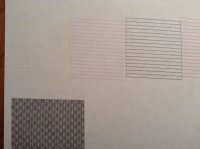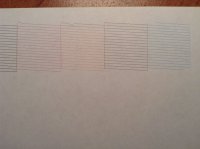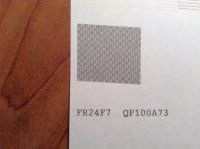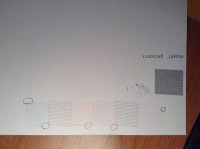Dridd
Getting Fingers Dirty
- Joined
- Jan 5, 2018
- Messages
- 10
- Reaction score
- 5
- Points
- 29
- Printer Model
- Epson Stylus Photo R2000
I think my Epson Stylus Photo R2000 is dying on me. No matter how many times I run the cleaner, wasting ink in the process, I can't get a couple of the nozzle check patterns to completely print. Printed images still look good from an arm's length, but closer inspection reveals banding.
I'm told replacing the print heads costs more than I paid for the device itself, so I'll probably be buying a new printer in the near future. Before I do that, is there anything else I should try to get my R2000 printing properly? Any information you can provide is much appreciated.
By the way, thanks for the information you provided concerning the chip re-setter and exterior waste ink tank. It gave my printer another year and a half of life. How these companies are allowed to disable a printer that I own is still beyond me.
Thank you for your time.
--David.
I'm told replacing the print heads costs more than I paid for the device itself, so I'll probably be buying a new printer in the near future. Before I do that, is there anything else I should try to get my R2000 printing properly? Any information you can provide is much appreciated.
By the way, thanks for the information you provided concerning the chip re-setter and exterior waste ink tank. It gave my printer another year and a half of life. How these companies are allowed to disable a printer that I own is still beyond me.
Thank you for your time.
--David.




